BLOG ARTICLE
How to Create a Social Media Strategy for Podcasts in 6 Steps
Last updated: 12/22/2025
Last updated: 12/22/2025
In 2024, 66.2% of the world uses the internet; interestingly, 5.04 billion (62.3%) are social media users. That means, if you want to extend the reach of your show on a global scale, social media isn't an option but a must.
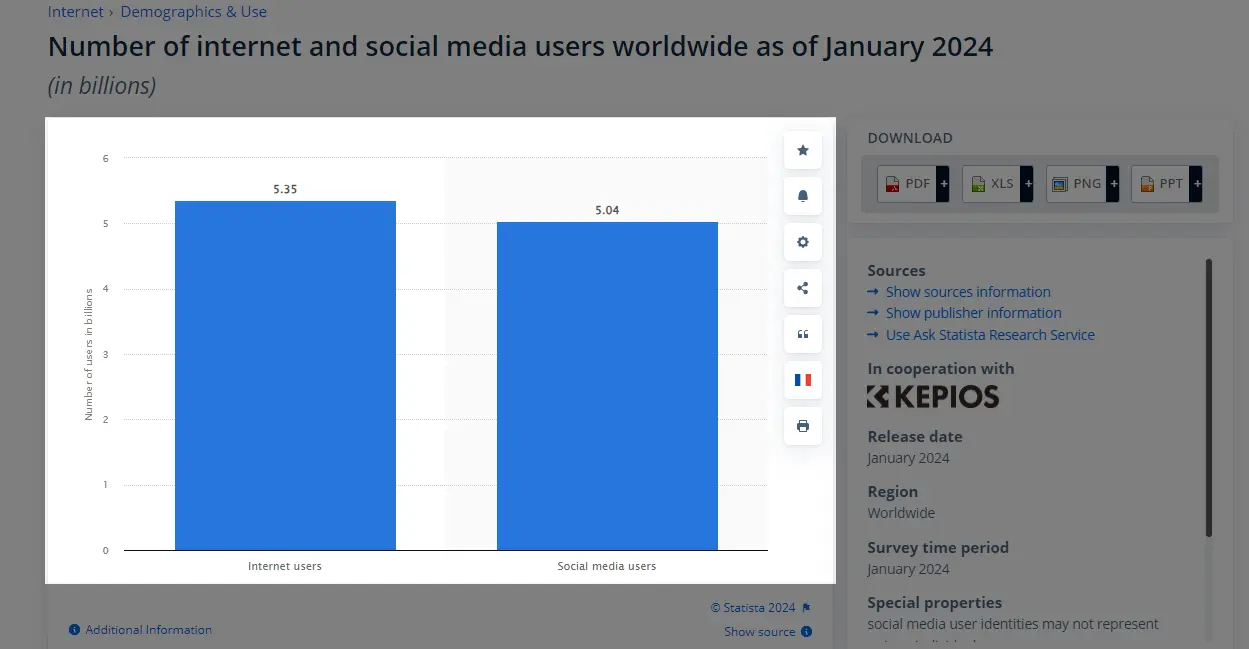
But, merely having a social media account doesn't mean your podcast will grow, you need a practical strategy for using social media for your show and that's what this guide is about - how to create a solid social media strategy for your podcast.
We will cover a 6-step approach you can test today and analyze to grow and promote your show using social platforms.
Let's get started.
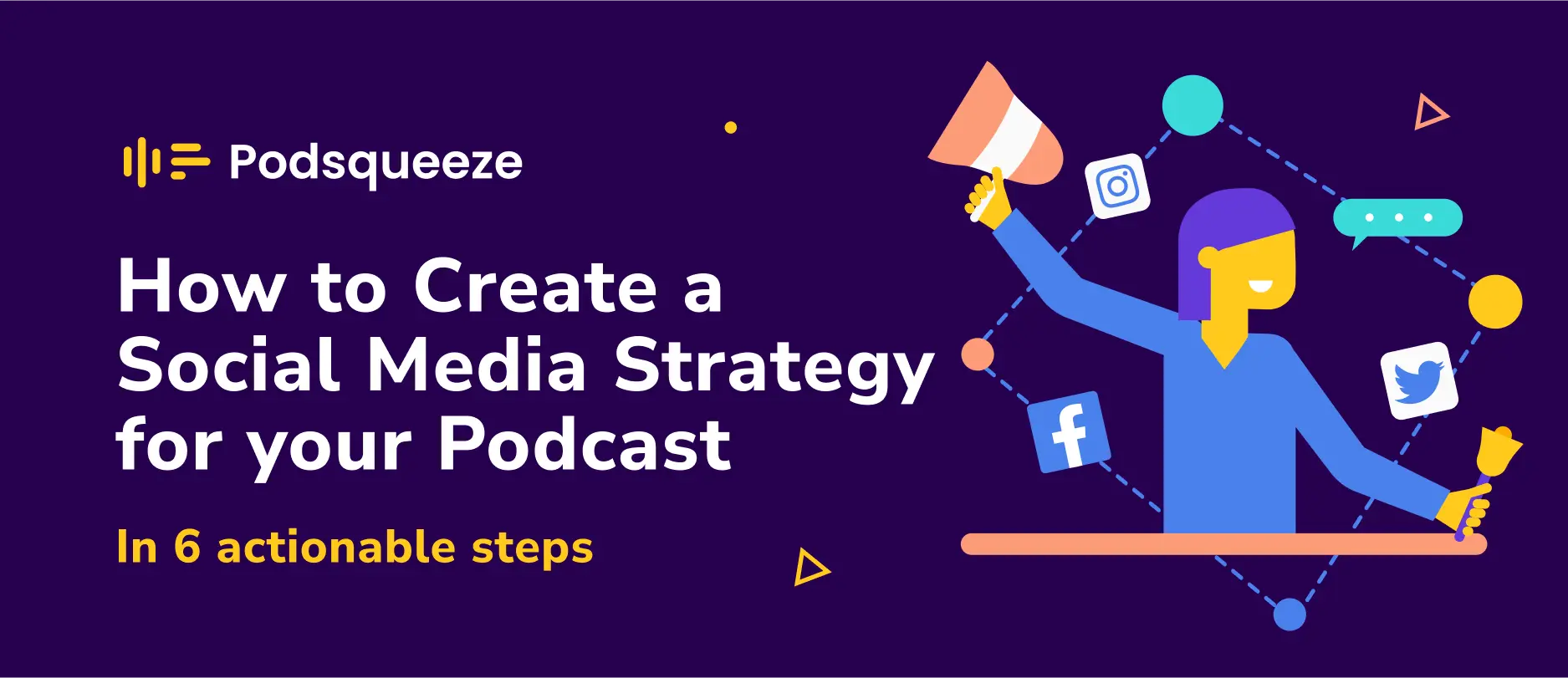
What's a podcast social media strategy?
A social media strategy for podcasts (or just podcast social media strategy) is a detailed and actionable step you must undertake to grow and promote your show using social platforms. This may mean increasing the visibility of your show, building your social media accounts, or other actions aimed at putting your podcast before potential listeners using social media.
What can social media strategy do for your podcast?
Social media strategy can help your podcast;
Extend your reach globally
With a social media strategy in place (and effectively executed), you can market your show to overseas audiences and potential listeners to grow your podcast.
Build a community around your podcast
A social media strategy can foster listener loyalty through interactions and make you engage with your audiences in real time - fostering a community around your show.
Drive traffic to your podcast episode
A solid social media strategy can amplify your podcast reach by sharing valuable podcast content and repurposing your episodes into content like short clips, audiograms, and quote images - allowing you to funnel traffic to your podcast episodes.
How to make a social media strategy for podcasts - 6 steps
Here are 6 steps toward creating a solid social media strategy for your podcast;
1 . Select your social platforms (three platforms, max)
There's always the urge to show your podcast on every social media channel there is, but, if you're solo podcasting, you'll end up stretching yourself too thin.
The first step towards creating a social media strategy for podcasts is to find the social platforms to focus on. This shouldn't be guesswork or instinct, you have to research to find what platforms will work for you.
Here's a question you can answer;
-
What platforms are the top podcasters in your niche most active?
You'll probably do, but if you don't know the top podcasts in your niche, go on Google and search for “best podcast + niche”. Then go on each social platform to find their activities and what they're doing.
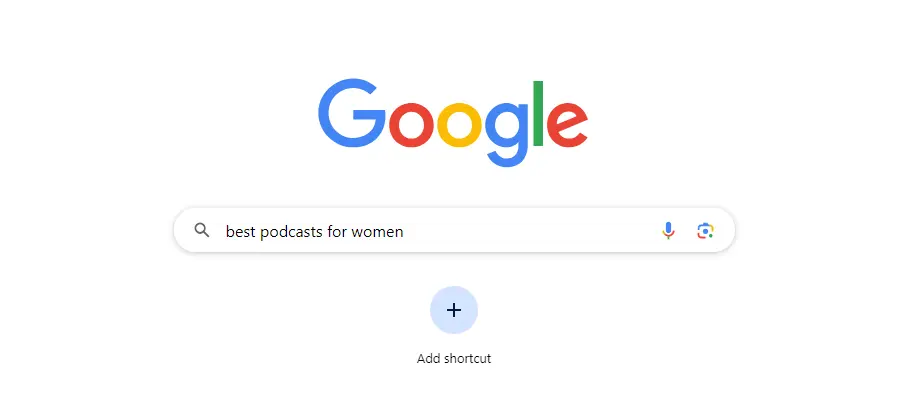
For example, if your podcast niche is about “health”, one of your top podcasts is Huberman Lab and their most active social platforms are YouTube, Instagram, and X (formerly Twitter).
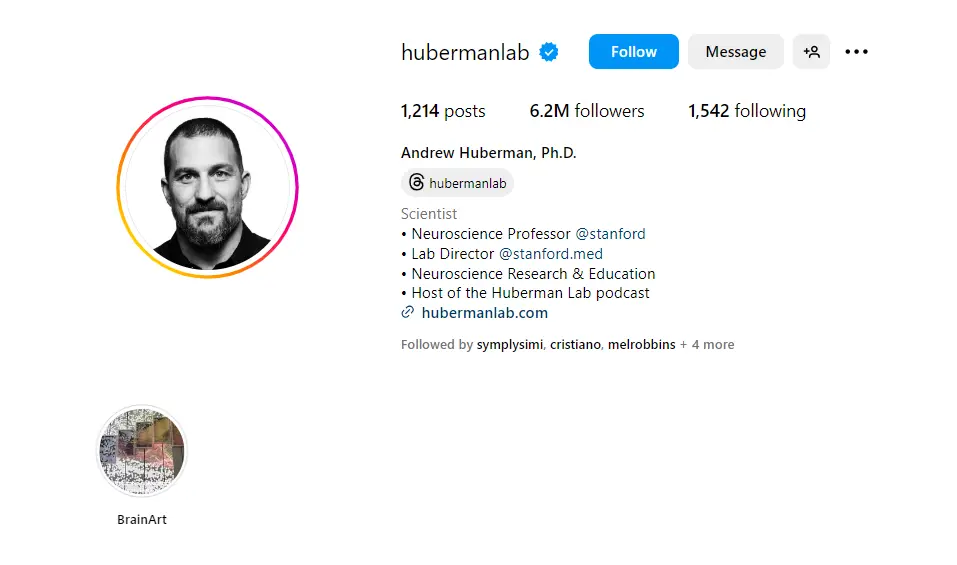
Answering this question can give you insights into where your audiences hang around, so, you won't be creating content on platforms where they aren't on.
2. Repurpose your podcast content for each social media
Finding the right platforms for sharing your podcast content is important but what's more important is tailoring your content to each social platform. Why? That's because content performs differently for each social platform.
For example, while podcast clips and audiograms may perform well on platforms like YouTube, Instagram, and TikTok, podcast clips are not always the ideal format for platforms like Twitter, LinkedIn, and forums like Quora and Reddit.
So, to build a podcast content strategy, here are three podcast content formats that you can plan around;
-
Podcast Clips
These are snippets trimmed from your long episodes to form short videos. They're the short actionable videos that pique people's interests and entice them to check out the full episode.
They give distanced audiences on social media platforms a close-up look into what your podcast episode represents and act as teasers to attract listeners. To develop an effective podcast content strategy, podcast clips will be an important part of it
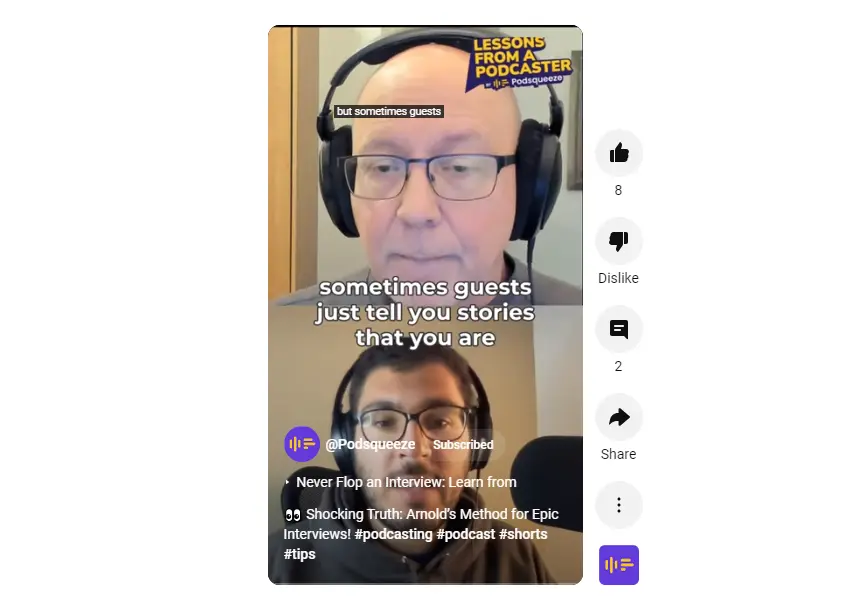
Suitable for;
- YouTube Shorts
- Instagram Reels and Stories
- Facebook Reels
- Tiktok
-
Audiograms
They're animated waveforms for your podcast tailored for audio-only podcasters who want a visual representation for their episodes.
Audiograms combine your audio-only episode with static image/background and animated subtitles to form short videos for your audio podcast.
Think of audiograms like podcast clips but only for audio-only podcasts. They are as important to audio-only podcasters as podcast clips are to video podcasters. Audiograms are fantastic for promoting your episodes, teasing audiences with intriguing moments of your episodes, or sharing valuable insights from your podcast.
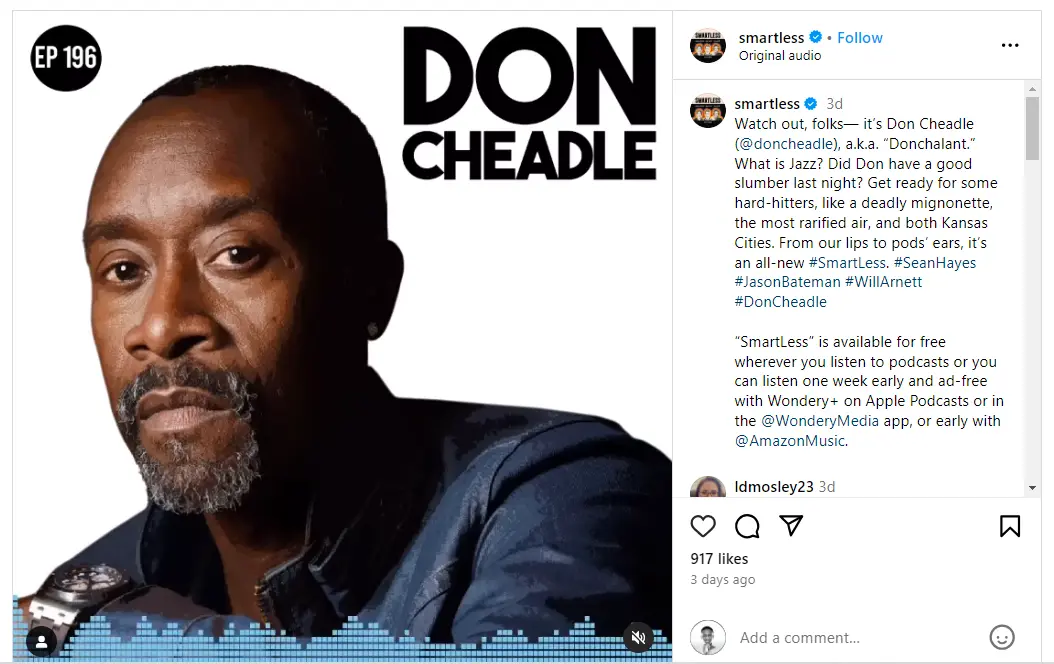
Suitable for;
- YouTube
- Tiktok
- X (Twitter)
-
Quote images
They combine background images with quotes from your episode to form shareable images. These quotes may not necessarily have to be philosophical or metaphorical; key takeaways or insights you shared during your recording session can be made into quote images.
You can use quote images to highlight key insights from your episode, provoke curiosity, or showcase the essence of your podcast's content.
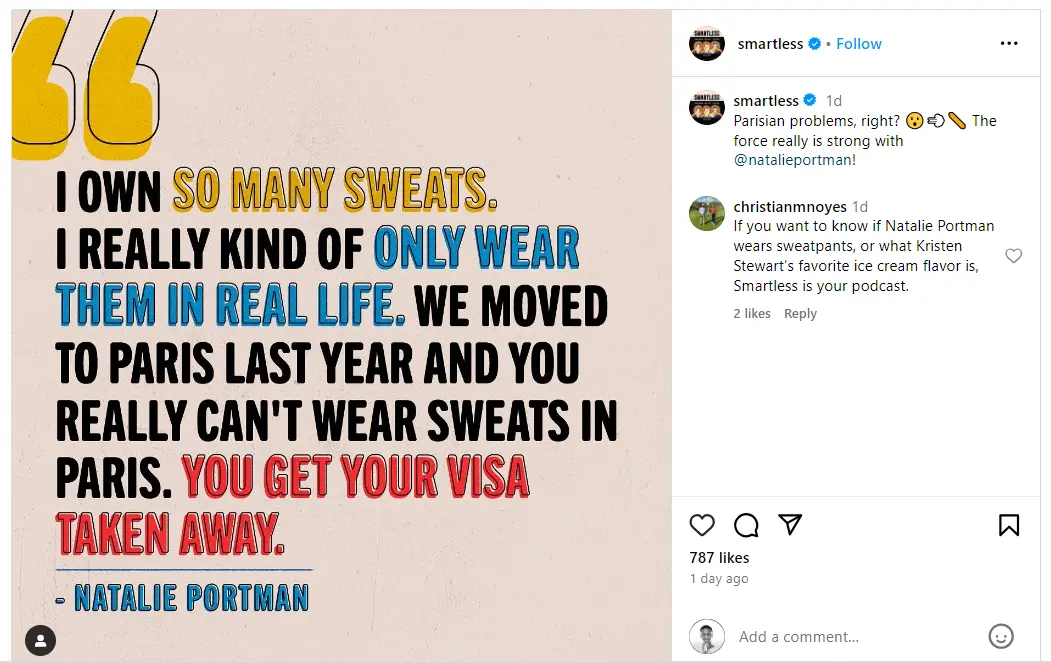
Suitable for;
- X (Twitter)
How can you create podcast clips, audiograms, and quote images?
You can create podcast clips and audiograms using traditional video editing tools like Premiere Pro and Final Cut Pro, and use Canva or Photoshop to create quote images. Alternatively, you can use an AI tool like Podsqueeze to generate podcast clips, audiograms, and quote images with just a few clicks.
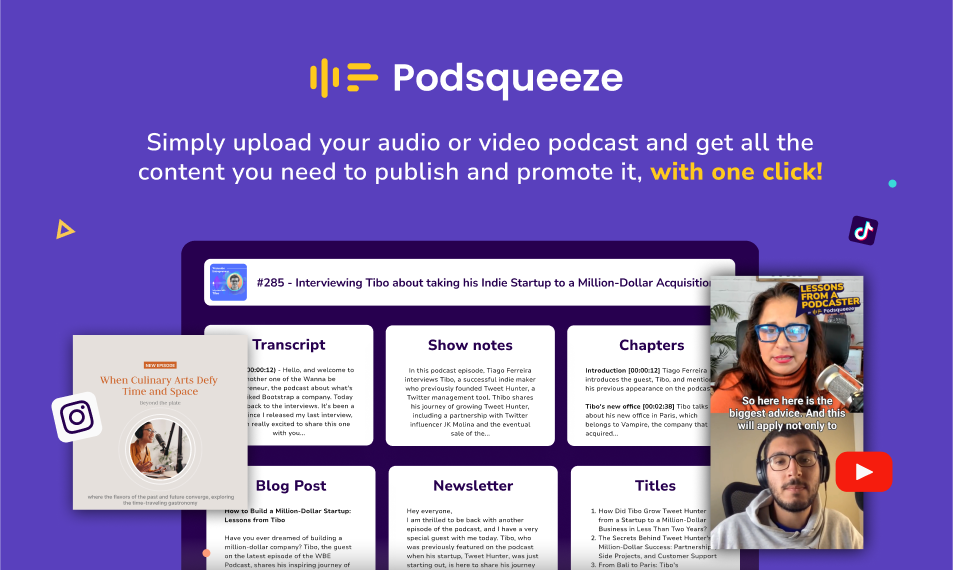
These three types of posts—podcast clips, audiograms, and quote images—are the most popular formats for repurposing a podcast on social media. But you can take your podcast content even further. Here are some additional post ideas to fill your content calendar with:
-
A-few-snap posts
This content format is a subtle way of using yourself as a lead magnet for promoting your episode. It combines taking a few snaps of (e.g.) your podcast setup, you with the guest or co-host, you gearing up for the show, etc.
The idea here is to make you the lead magnet that entices people into what you produce in your podcast. For example, the popular productivity podcaster “Ali Abdaal'' uses the a-few-snaps post on Instagram.
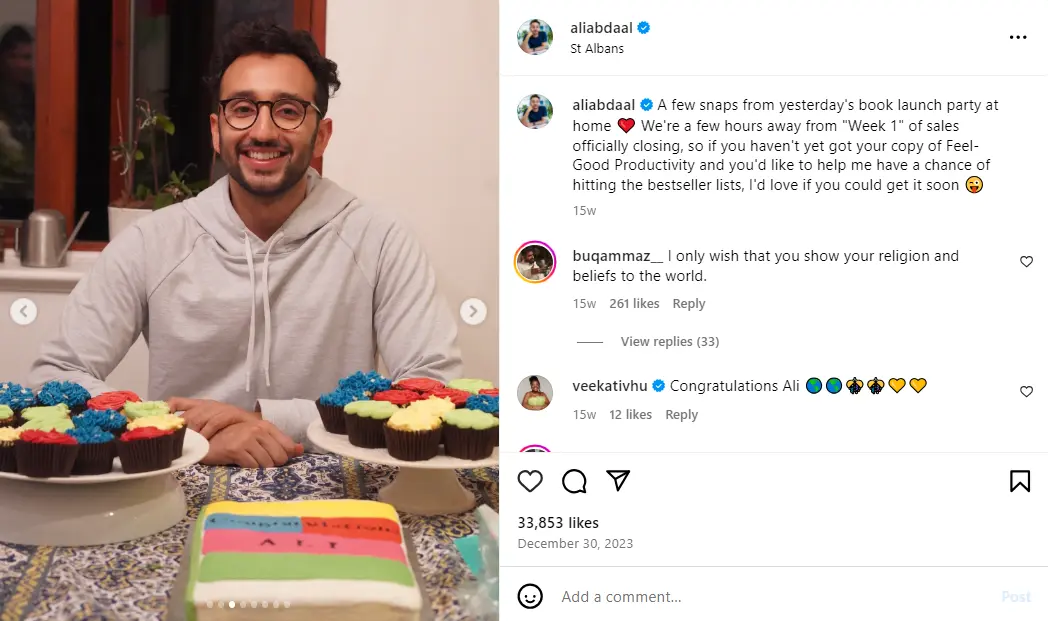
A-few-snap posts are suitable for;
- X (Twitter)
-
Episode announcements posts
You share these posts when you're about to publish an episode. They can also serve as a pre-promotion strategy to build up listening tension before and after your episode is live. The idea behind the episode-announcement posts is similar to how top YouTubers like MrBeast create tension about their upcoming videos by teasing audiences about what it entails.
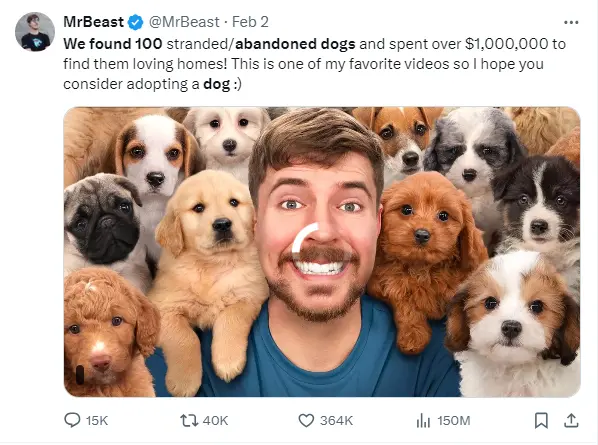
In the podcast world, a practical example of an episode announcement is this;
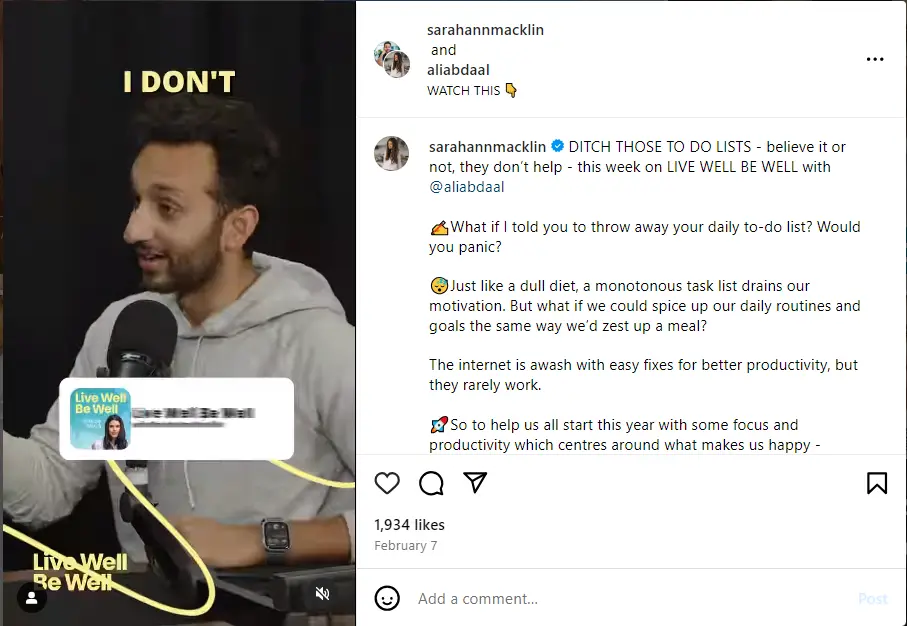
This type of post format is ideal for any social platform. You can share them anywhere on your three chosen platforms.
-
Behind-the-scenes content
They are meant to give your audiences a scoop about your podcast process, a peek into your workflow, and any other activities, events, or processes that occurred behind the public eye. The behind-the-scenes post makes you connect more with audiences because it can provide the inner workings, challenges, and teamwork (or solo) involved in bringing your podcast to life.
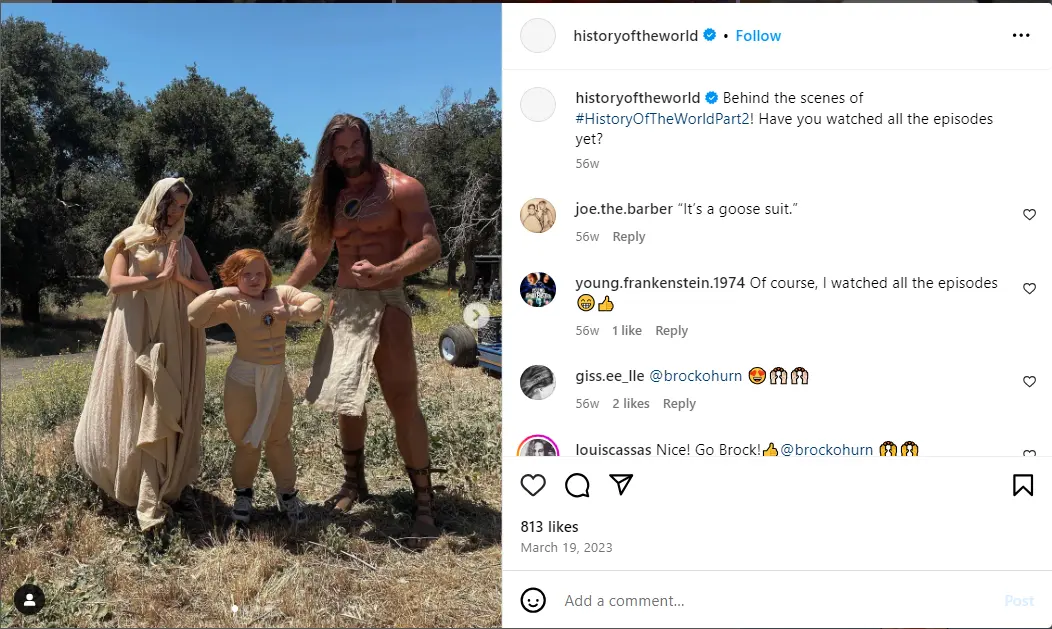
3. Have a home for your podcast
Podcast audiences use different podcast apps to listen to podcasts. That means that when promoting your show, you don't want to direct audiences to only one podcast directory (which may not be their preferred podcast app). You should have a link that points out to every podcast directory.
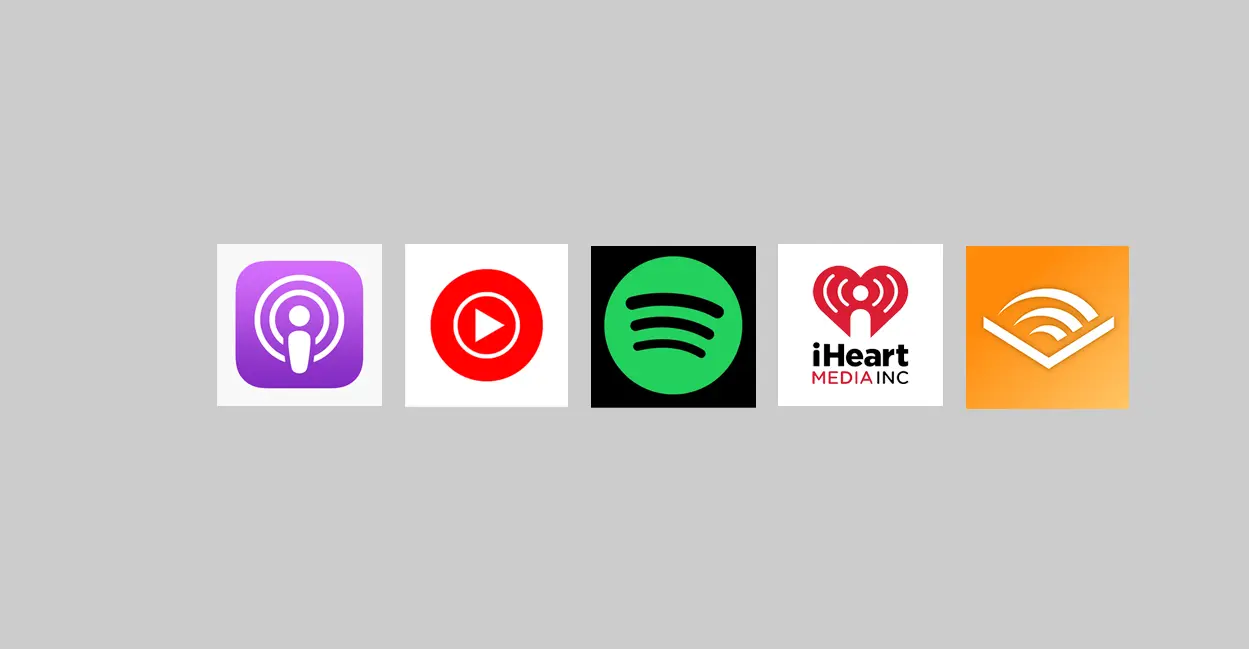
That's why it's important to have a home for your podcast. There are many ways you can do this but there are two effective methods;
-
Podcast landing page
With a podcast landing page, you'll be able to list all your podcast episodes and links to different podcast directories allowing you to put the link to your podcast landing page on your social media bios or in the description of your promotional posts. From there, audiences can pick the right directories - boosting your podcast conversion rate over time.
Here's how you can create a podcast landing page.
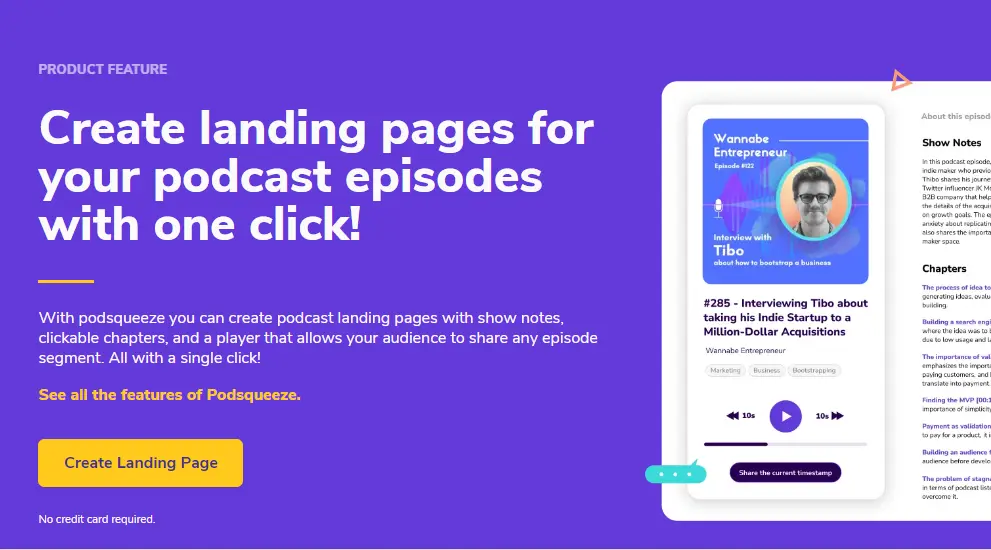
-
Link in bio platforms
These platforms can help you create short links that direct users to a simple landing page that contains all revelant links to your podcast directories, websites and social media pages. These short links are particularly useful to add in "bios" in social media platforms.
A popular choice is Linktree.
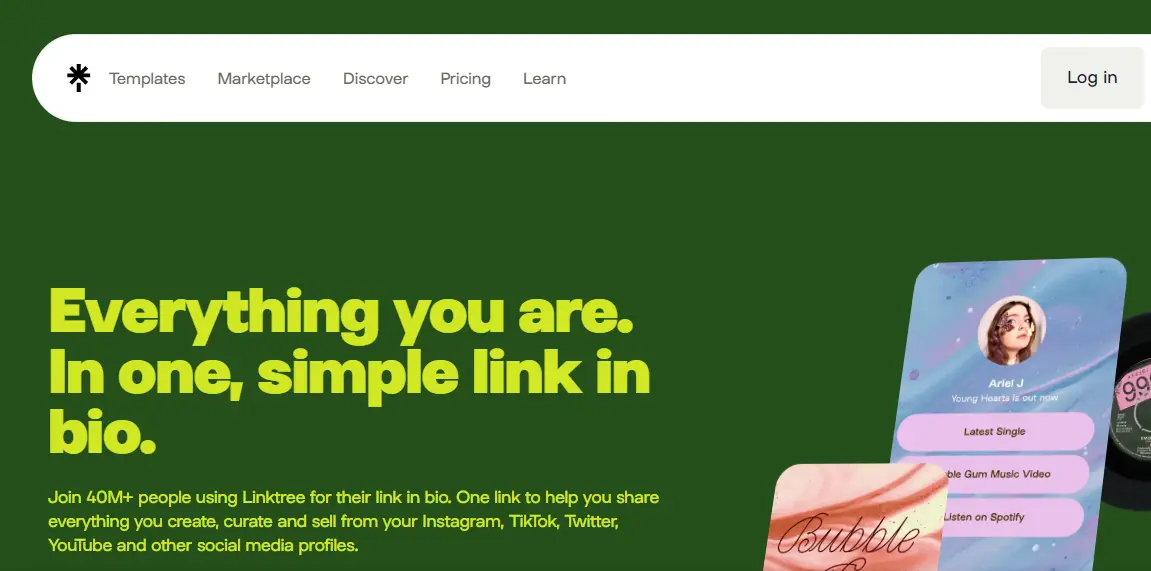
With their recent acquisition of Bento (an intuitive link-in-bio website), easy-to-use interface, and simple link-in-bio, Linktree is positioned as one of the industry leaders for creating a simplified website for your creative works (podcast included).
4. Find the best publishing time
Every social media platform has an optimal posting time that maximizes your posts' reach.
According to a study by buffer, they found that 7 am is the ideal time to publish posts on Instagram, 10 am on Fridays for Facebook, and 2 pm for TikTok. However, the ideal time can vary depending on your podcast's niche.
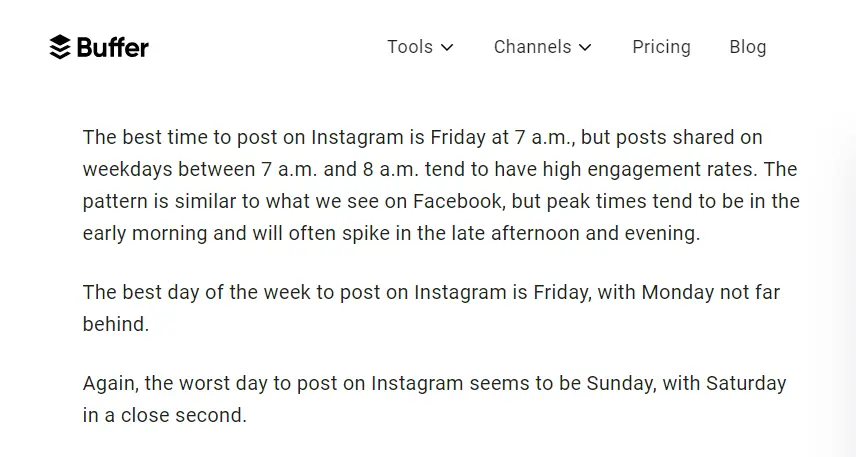
As a general rule of thumb, you should aim for times when there's the highest number of people active on social media but fewer people are posting. This sweet spot balances demand and competition, and typically translates to posting in the morning.
5. Invest in social media management tools
If you are taking your social presence seriously you'll probably want to look into social media management tools. But why?
You don't just want to hit one viral post on social media without knowing how to repeat it again. That's where social media management tools come in. These tools can give you detailed analytics, audience insights, post scheduling, collaboration tools, and integration with multiple platforms so that you can repurpose your content and distribute the content on your chosen social platforms.
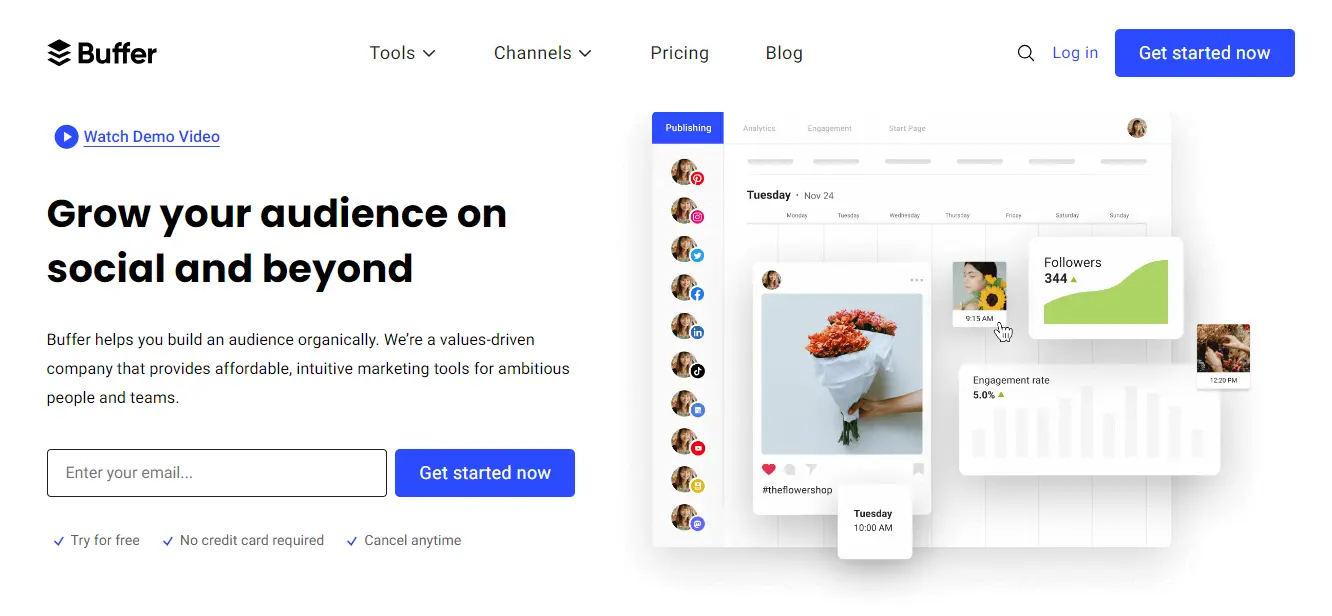
Buffer is a social media management platform for scheduling posts, analyzing performance, and managing multiple social media accounts from a single dashboard. The tool allows you to track engagement metrics, collaborate with team members, and manage various social media platforms such as Facebook, Twitter, LinkedIn, Instagram, and Pinterest.
Other interesting alternatives for Buffer are Hootsuite, CoSchedule, Later, Sprout Social, etc.
6. Paid advertising
Paid ads can be a key part of any good social media strategy for podcasts, and really, for any business. If you're looking to see quick results, putting some money into paid ads could be a smart next step.
That said, you need to be careful with your budget. Paid advertising sounds straightforward, but it actually requires you to really dig into the numbers and make sure your content is top-notch and worth promoting. Although the rewards can be great, there are risks like spending too much without seeing the results you want, or not quite hitting the mark with your audience. A good rule of thumb is to invest in content that's already doing well organically, in terms of reach and engagement.
A good tip is to focus your ad efforts on one social media platform at a time. This lets you really get into the details of what's working and what isn't, helping you figure out where you're getting the best return on your investment. By testing each platform one by one, you can fine-tune your approach to get the most out of your ad spend.
Facebook Ads Manager is ideal for creating, managing, and analyzing advertisements on the Facebook platform (and Instagram). It allows you to target specific podcast audiences based on demographics, interests, and behaviors. You can also set your advertising budgets and schedules, and track the performance of your ads through detailed analytics.
Other interesting choices for paid advertising to consider are Google ads, Spotify ads, Acast, and Libsyn among others. You can check them to see which of them aligns with your interests.
Wrapping Up
We've covered six steps toward creating a solid social media strategy for your podcast - from steps that can help you grow your podcast organically on social media to how you can also use paid advertising to speed up the growth. Which step are you going to start implementing today?
FAQs on creating social media strategy for podcast
Here are answers to the most recent frequently asked questions about podcast social media strategy.
-
What social media platforms should I focus on to promote my podcast?
Focus on platforms where your audience is most active. With a little research and study of top podcasters in your niche, you'll find the best platforms for you. Typically, platforms like Instagram, Twitter, Facebook, and TikTok are ideal but it depends on your target audience demographics and preferences. For some, their podcast audiences can be mostly on forums like Reddit and Quora.
-
What types of content should I share on social media to engage my audience?
Share a variety of content types to keep your audience engaged. Content like podcast clips, audiograms, and quote images are fine methods for repurposing your podcast on social media. These can all be created in a few clicks with Podsqueeze AI. You can also mix behind-the-scenes content, guest interviews, polls, and interactive posts to provide value and keep your audience interested.
-
Should I create separate social media accounts for my podcast, or use my personal accounts?
We suggest that you create separate social media accounts dedicated solely to your podcast. This way, you can maintain a focused brand identity, avoid cluttering your personal accounts with podcast-related content, and build your personal accounts on the side without mixing things up with your podcast profiles.
Repurpose your podcast content with AI